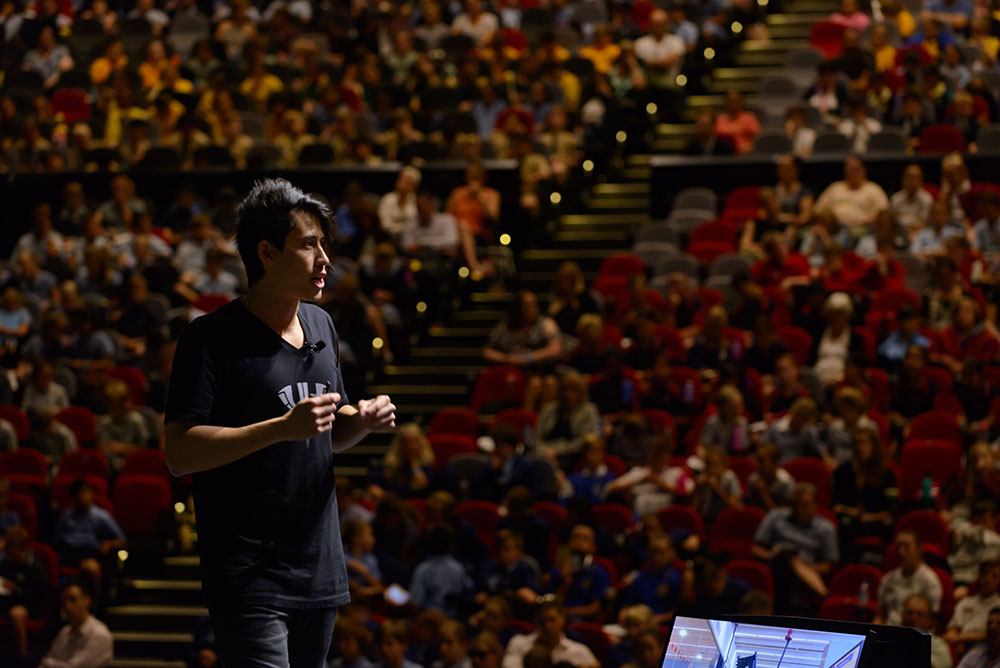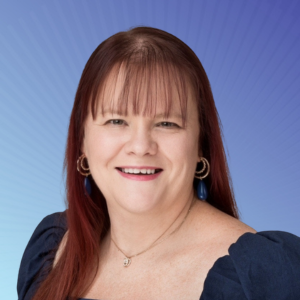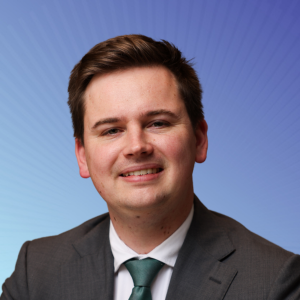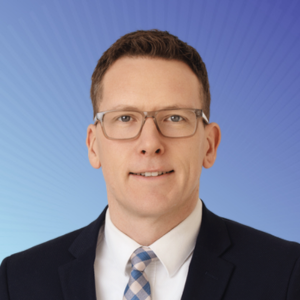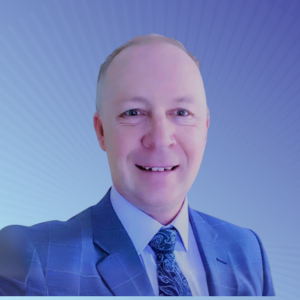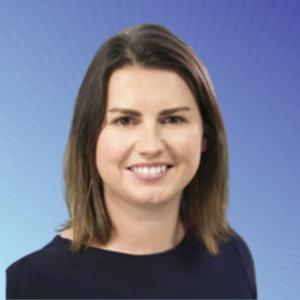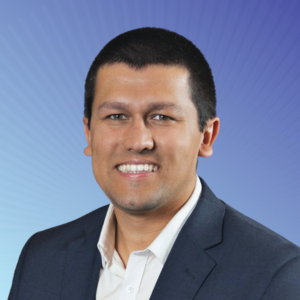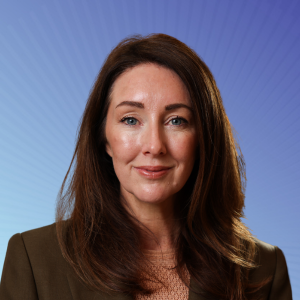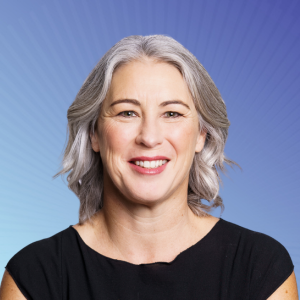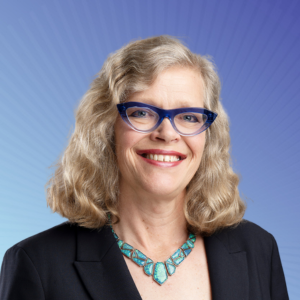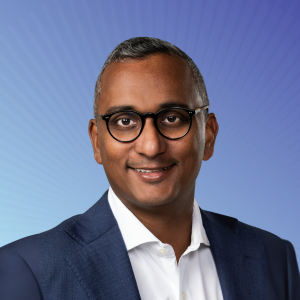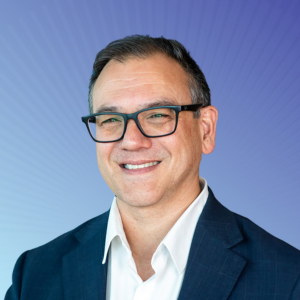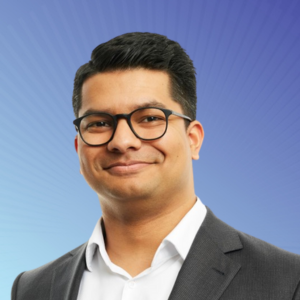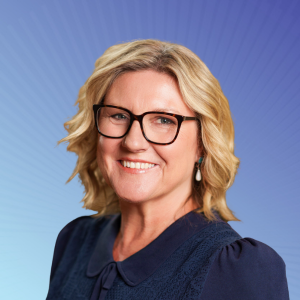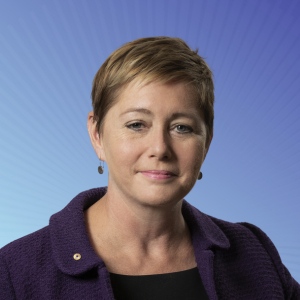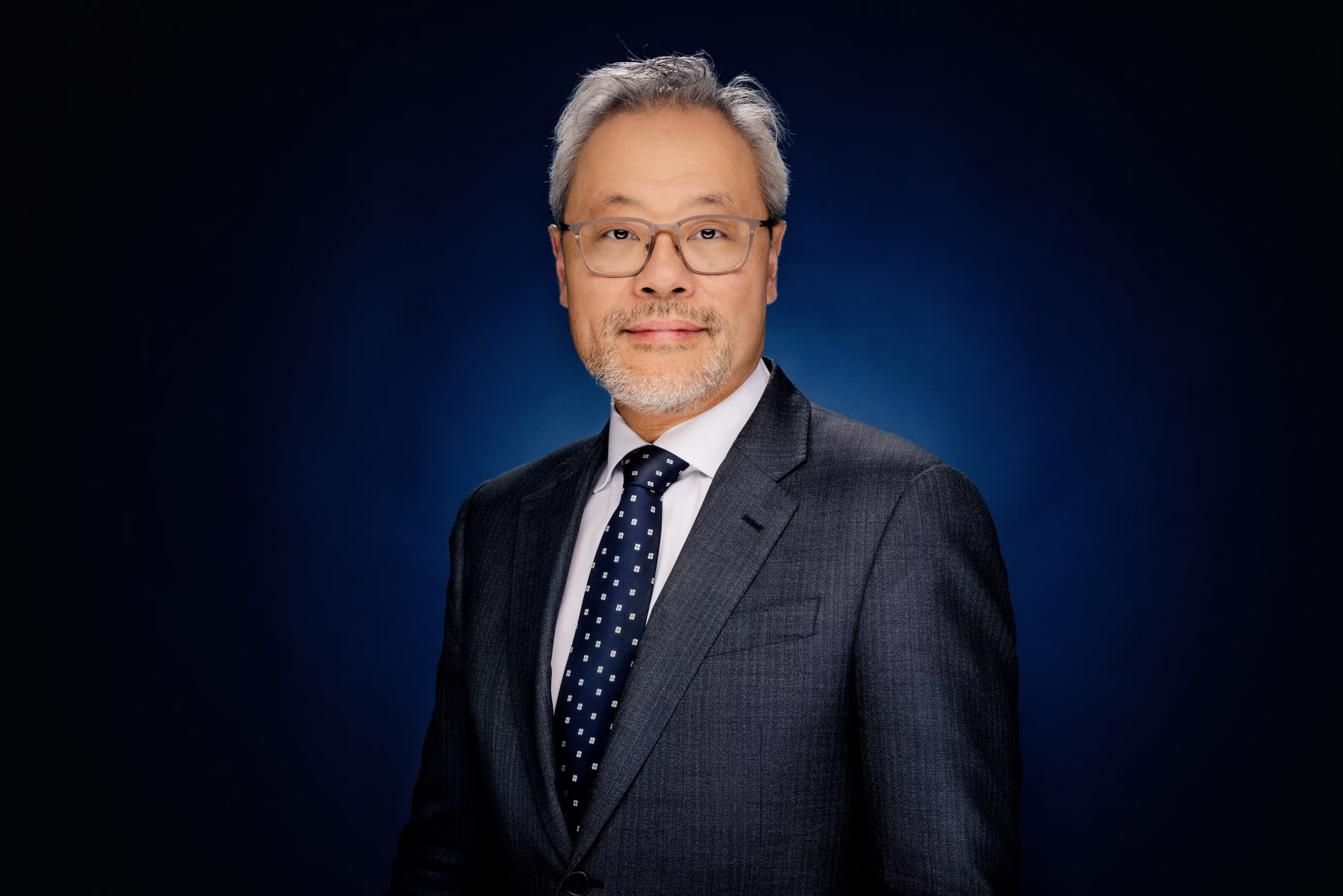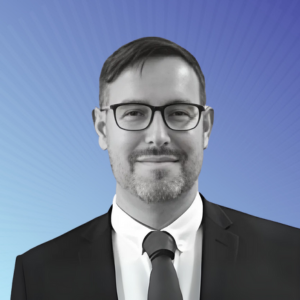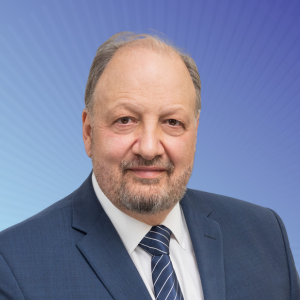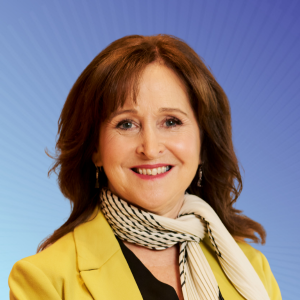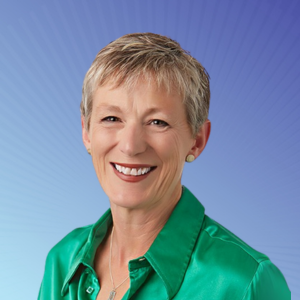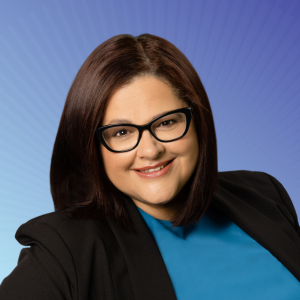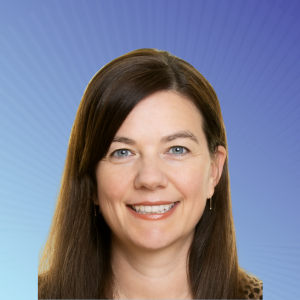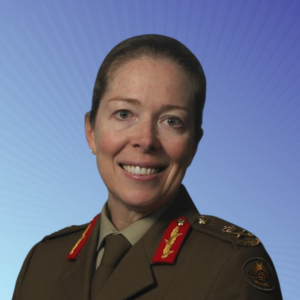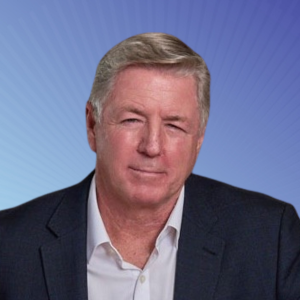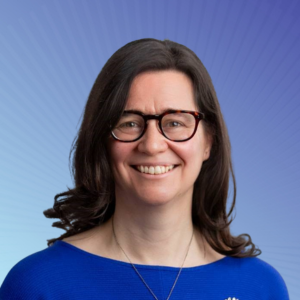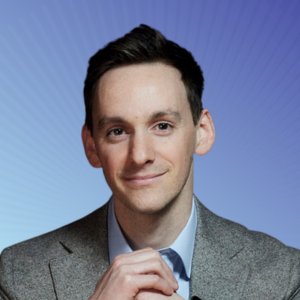The ASFA Conference is called Connection Reimagined. What do these words mean to you?
Well we’re living in times of rapid change, the fastest pace of change we have ever seen, but it may also be the slowest we’ll ever see again. Many of our methods of connecting, from work discussions and collaboration to social events and keeping up with friends, are increasingly facilitated or at least influenced by technology.
Connection Reimagined to me encompasses what is currently happening, what has been happening over and over in this technological era, and exactly what we need to keep doing to bring out so much of the beauty that makes us human. Connection is not just a nice thing to have, it’s a fundamental human need. We are increasingly moving into an era of the imagination, so we’re discovering new ways to inclusively connect with each other, and to keep in touch with loved ones in times when physically being in the same location is not possible. Furthermore, through many of our advancements we’re learning more about the affect connecting has on our brains, and we’re even learning more about what it means to be human.

In 50 words or less, can you give us a hint about what you will be speaking on at the ASFA Conference?
I will take audiences through some of the incredibly unique adventures I’ve been on, discovering how humanity can thrive in this rapidly changing era. I’ll share what I’ve learnt about human connection and how that may evolve as we imagine and create our way into a bold new future.
Without giving away too much now, what do you hope the audience will take away from your presentation at the ASFA Conference?
I travel the world as a TV presenter with ABC and Discovery Channel finding out how science and technology shapes humanity. As a biomedical engineer, inventor and social business founder I also build many technology projects working with friends and families – driven by inspiration, purpose, and big ambitious dreams.
I’ll take the audience through some of these exciting rollercoaster rides and open their minds to new possibilities in what science and technology can teach us about ourselves – in being more inclusive, applying the likes of AI (artificial intelligence) to understanding our health, pushing the limits of what we think we know about our amazingly complex brain and body, and utilising technology to reimagine connection across numerous generations in your family, even into the distant future.
Today, nothing is impossible.
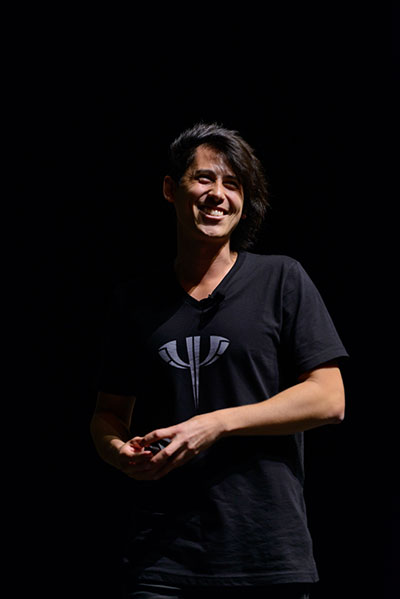 Tell us about your new book A Human’s Guide to the Future
Tell us about your new book A Human’s Guide to the Future
I wrote A Human’s Guide to the Future to take readers on a journey through the big innovations being developed around the world, through my own mind-opening experiences, and to envisage where our collective future is headed. This is a book that will deepen your understanding of new and emerging technologies and fuel your imagination at the dawn of what will be the most transformative era in human history.
The main themes are robotics, AI, bionics and biomedical technology, extended reality and avatars. I wrote this mostly for everyday individuals who do not have a technical background (but those who do will still get a lot out of it) yet are interested in learning how humanity can thrive through our ever-evolving technology, and how we can all be part of the conversations that shape that change. So far the age range of those I know of who have read the book is 9 to 90, so it has broad appeal!
Excerpt from the introduction chapter ‘Life May Be Closer To Fantasy Than We Think’:
Even a basic understanding can allow us all to have a say on where the future is headed. I’ll show you what’s been made possible and what I’ve seen. I’ll take you into the massively ambitious, purpose-driven projects I’ve worked on that utilise these technologies. This book will delve into some seriously exciting stuff, involving robot friends, merging with artificial intelligence, hacking our senses, creating superhuman abilities, preserving loved ones through avatars, exploring what it means to be human, bending reality and fabricating virtual universes.
So, my friend, ready that cape you’re now wearing and take my virtual hand as I guide you through my mind and our ever-evolving reality . . . because adventures await!
A HUMAN’S GUIDE TO THE FUTURE – special price
Publisher Pan Macmillan is currently offering A HUMAN’S GUIDE TO THE FUTURE through amazon.com.au for $19 (usually $34.99 RRP).
What most inspires you?
What most inspires me is the idea that we can collectively build a better future, and that our advancements in science and technology are powerful tools we can utilise, if we so choose, to help build that bold vision. We must do this collectively. Our human connection is at the heart of the change we hope to see.
